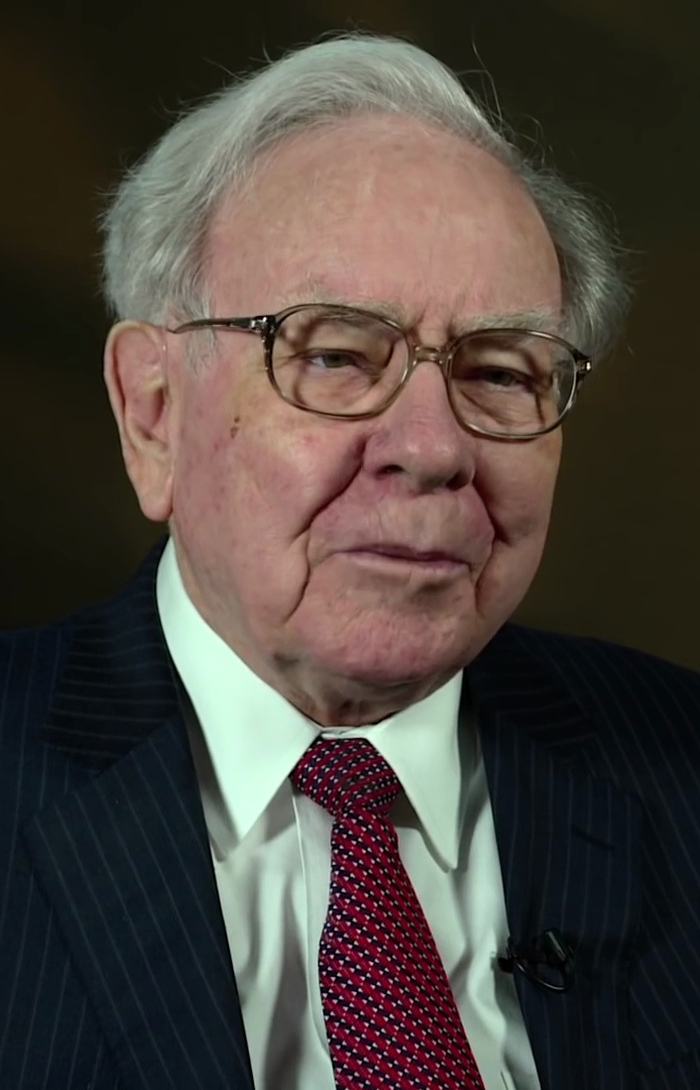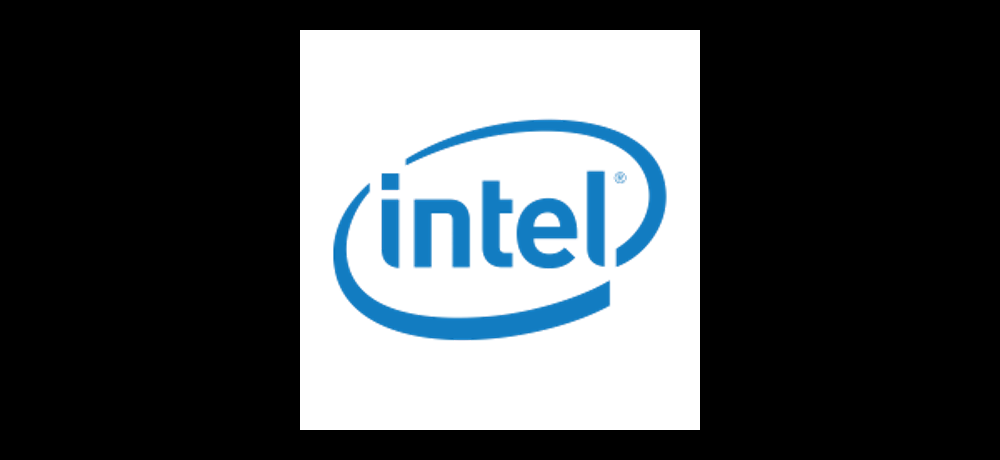Producer inflation snapped back in July, with the Producer Price Index jumping 0.9%—the biggest monthly gain in three years—on broad-based increases across services and goods. The upside surprise followed hotter services components in CPI and suggested a more pervasive price impulse is building just as markets wager on a September Fed cut. Treasury yields climbed, stocks slipped, and the dollar firmed as investors recalibrated the odds that tariff shocks and resurgent service fees bleed into consumer inflation prints ahead.
Under the hood, services did the heavy lifting: trade margins surged, portfolio management fees spiked alongside the equity rally, hotel rates rebounded and airfares rose, while freight costs ticked higher—a profile consistent with sticky service inflation the Fed watches most closely. Goods prices also advanced, led by a food jump amplified by fresh and dry vegetables, with metals and select durables firming even after stripping out food and energy. Economists who argued tariffs would be absorbed in margins now see clearer pass-through, even as jobless claims fell to 224,000 and layoffs remain scarce.
Market Overview:- PPI +0.9% m/m (largest since 2022) as both services and goods accelerate
- Trade margins, portfolio fees, hotels and airfares drive services strength
- Core goods firm on metals and durables; food inflation broadens
- Momentum challenges odds of a near-term Fed cut despite softer payroll trend
- BLS resource strains: ~350 indexes discontinued, raising data-quality concerns
- Initial claims 224,000; continuing claims 1.953 million—low firings, tepid hiring
- Nowcasting implies core PCE ~0.3% m/m, 2.9% y/y—keeping services in focus
- Tariff path remains a wild card for metals, consumer goods and logistics
- Retail sales and sentiment will test appetite to absorb higher prices
- Producer inflation’s spike may be a short-term reaction to recent tariff shocks and transitory service cost rebounds, with markets potentially overreacting to one month’s data as supply chains and labor conditions gradually normalize.
- The surge in portfolio management and trade margins linked to strong equity markets and specific service categories could fade in coming months, allowing core goods and services inflation to moderate, especially if global supply bottlenecks recede.
- Labor market resilience—with falling jobless claims and low layoffs—ensures consumer incomes remain robust, supporting spending and the broader economy even as the Fed leans patient on rate cuts.
- For business strategy: Companies should use pricing flexibility realized this summer to shore up margins, but invest in cost controls and automation as service inflation eventually abates. Stay prepared for pent-up demand when rates do ease.
- Seasonal and statistical distortions (including BLS resource constraints and index discontinuations) make signal extraction noisy; a string of softer prints could quickly cool inflation fears and reignite rallies if underlying demand remains steady.
- The 0.9% monthly Producer Price Index gain—broad-based across services and goods—signals inflation pressure is more persistent and entrenched (especially in services), pushing back the odds of any near-term Fed rate cut.
- Sharp pass-through of tariff and input cost shocks, now visible in hotel, airfare, freight and food categories, raises the risk that companies will pass higher prices on to consumers, amplifying the next CPI and core PCE prints.
- BLS data-quality concerns and discontinuations limit clear policymaker visibility, elevating the risk that the Fed either underestimates inflation pressure or overtightens into a less fragile labor market than expected.
- For operational risk: Sales, procurement, and finance teams should brace for further price increases in tariff-sensitive inventory—especially metals, durables and consumer goods—by negotiating new contracts, expanding supplier bases and tightening cost controls.
- Markets and strategy teams should prepare for choppy conditions as the inflation-vs-growth debate heats up: delayed cuts, dollar strength and rising yields could weigh on equities, with recession risk rising if consumers balk at higher prices or job growth falters.
For the Fed, the reacceleration in services—especially “supercore”—complicates any pivot to easing while shelter cools only gradually and goods disinflation fades. With the BLS trimming datasets amid budget constraints and leadership controversy, policymakers face tougher signal extraction just as base effects roll off and tariff pass-through risks increase.
The policy dilemma is stark: cut prematurely and risk rekindling inflation, or hold and tighten financial conditions into a slowing but resilient labor market. Strategists warn that unless July proves anomalous and hiring clearly weakens, credibility argues for patience. Markets will key off PPI-to-PCE translation, Friday’s consumer data, and whether goods-price pressures broaden beyond food into tariff-sensitive durables.




